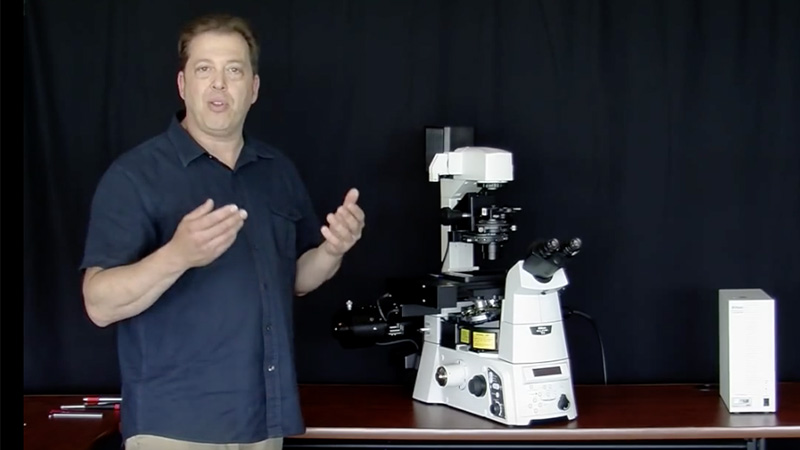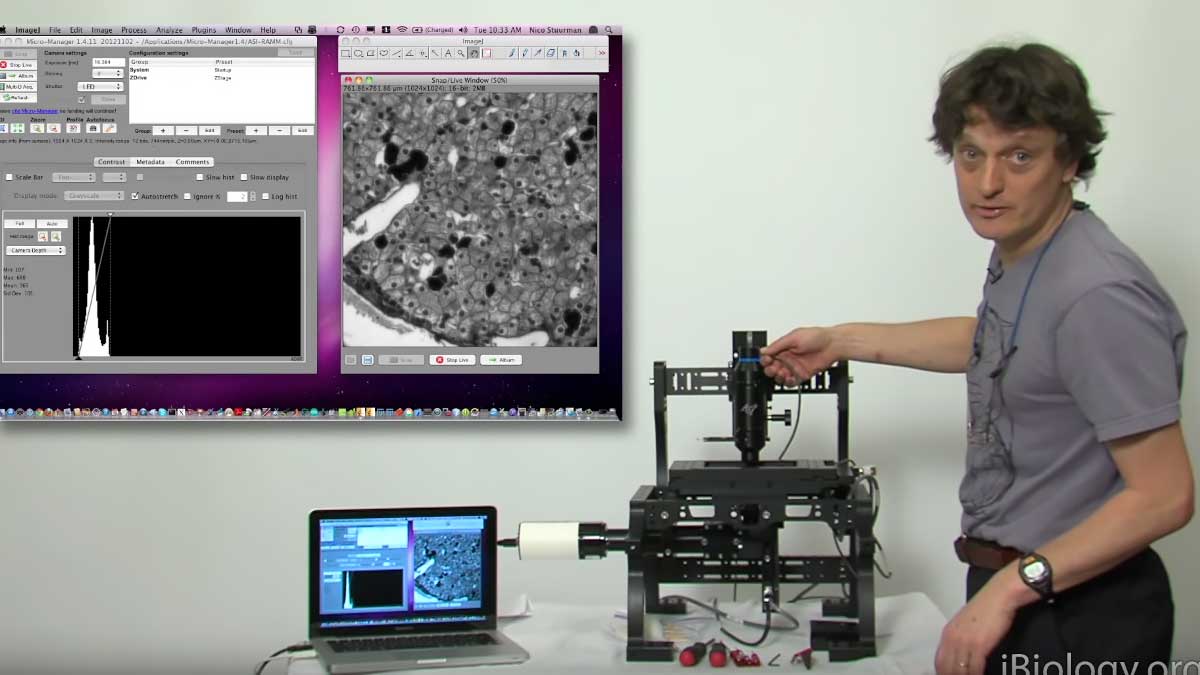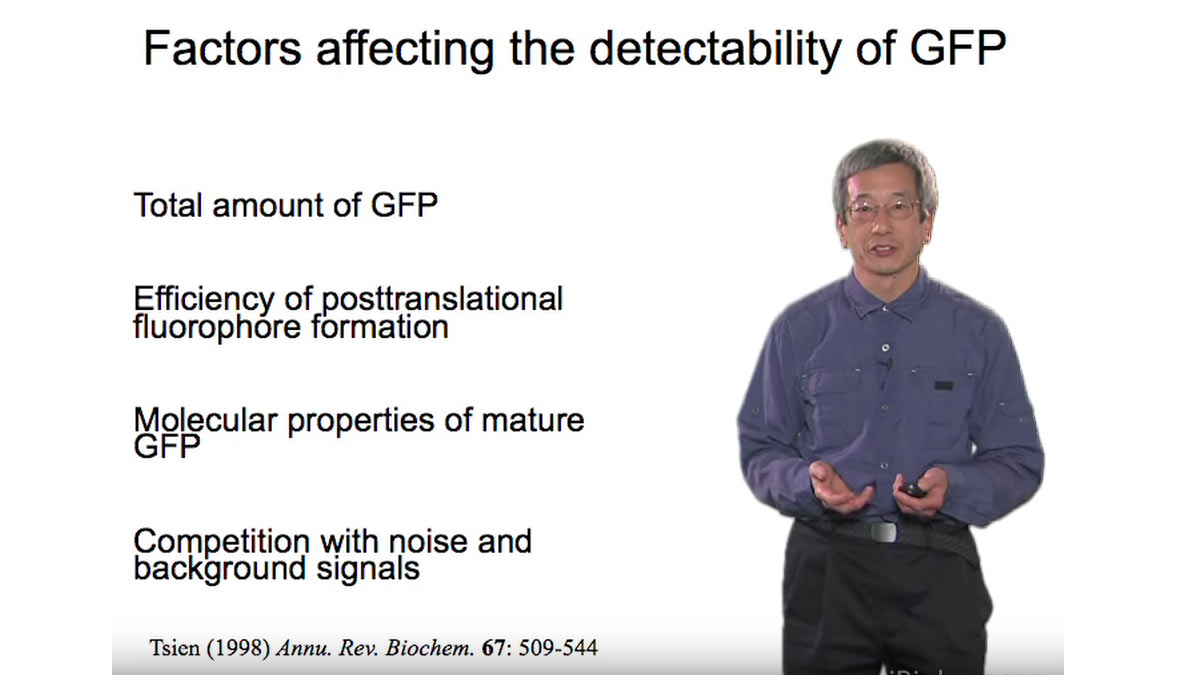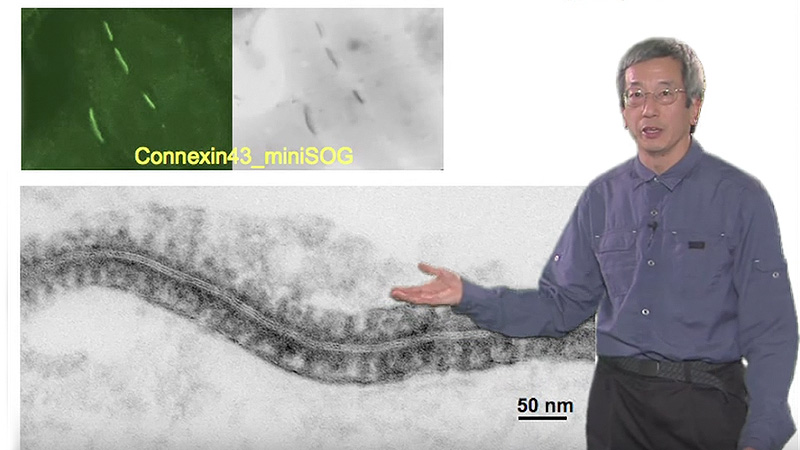Talk Overview
In order to understand how cells function at the molecular level in an organism, we need to observe the location and behavior of single molecules inside living tissue. Conventional optical microscopy and fluorescent probes/markers fall short in allowing us to do this. However, Steven Chu discusses recent advances in optics and nanoparticle technology, which hold great promise for observing individual proteins in living cells and tissues in real-time.
Speaker Bio
Steven Chu

Steven Chu is Professor of Physics and Molecular & Cellular Physiology and the William R. Kenan, Jr., Professor of Humanities and Sciences at Stanford University. From 2009 to 2013, he served as US Secretary of Energy. At the time of his appointment to the Cabinet, he was a Professor of Physics and Molecular and Cell… Continue Reading








Leave a Reply